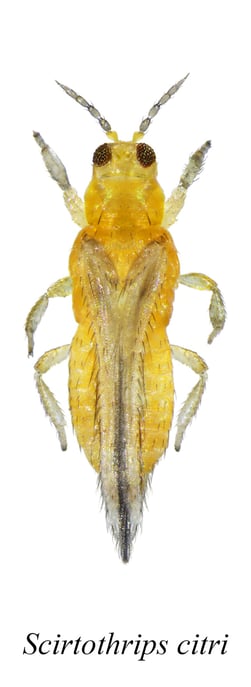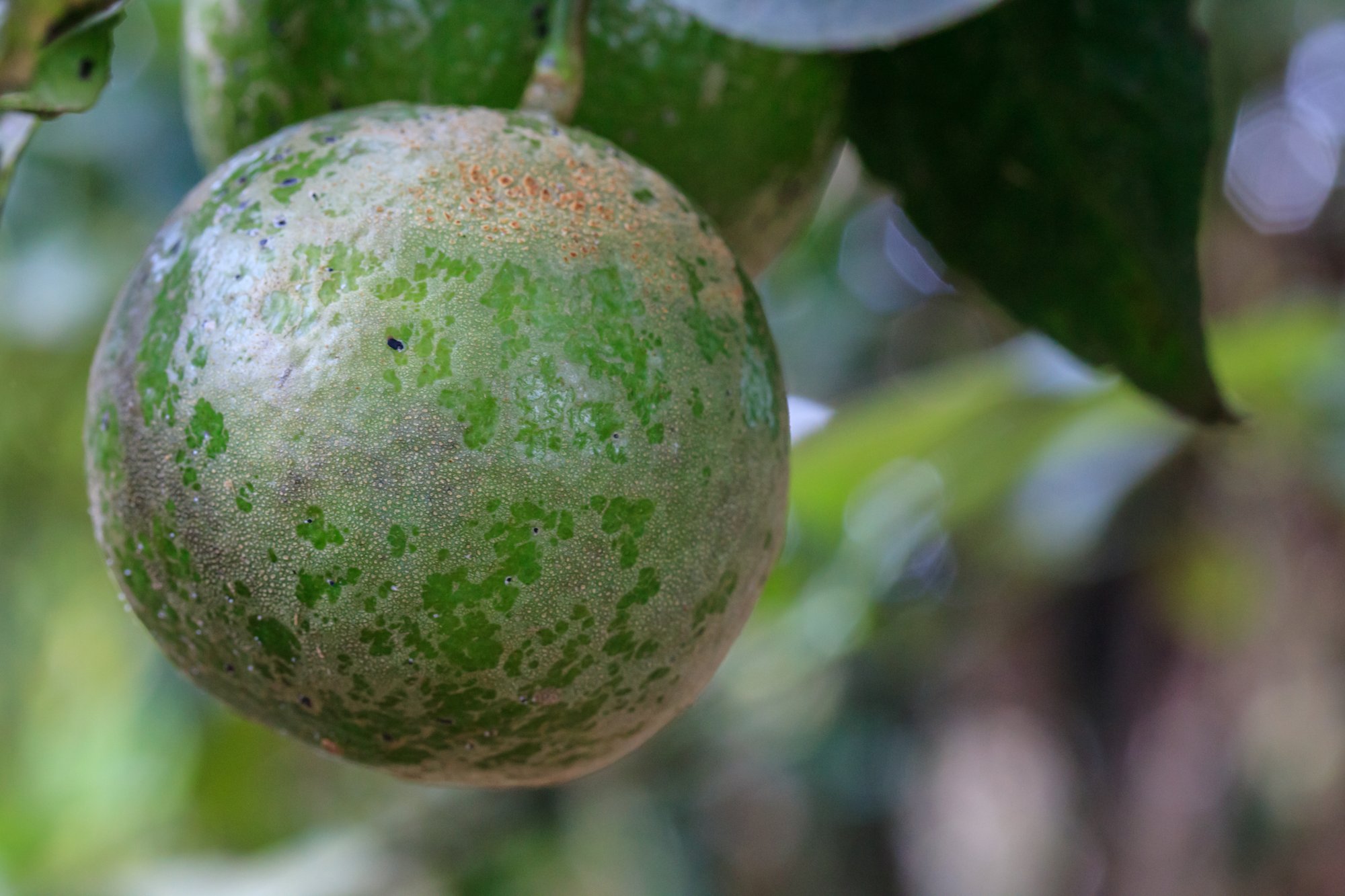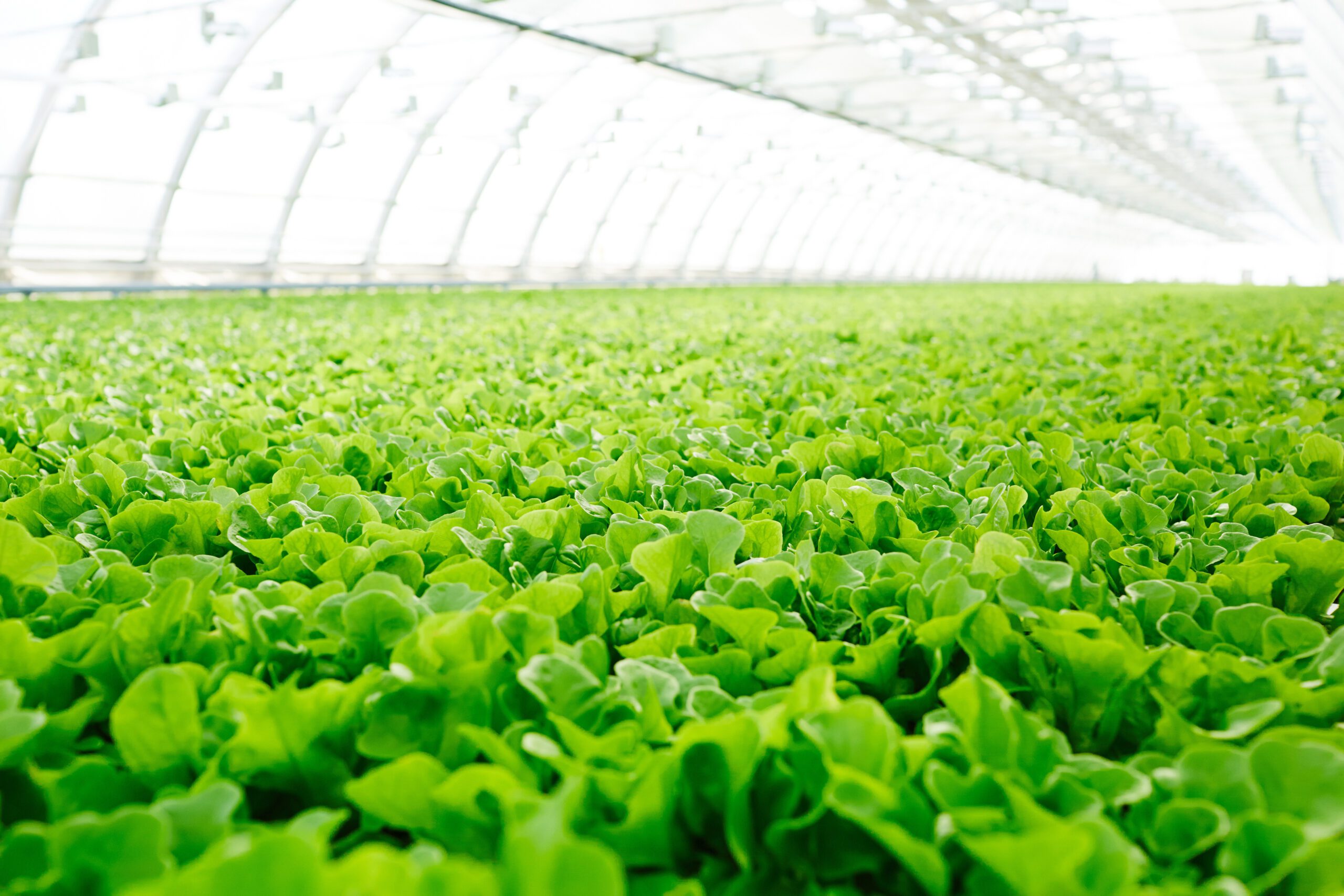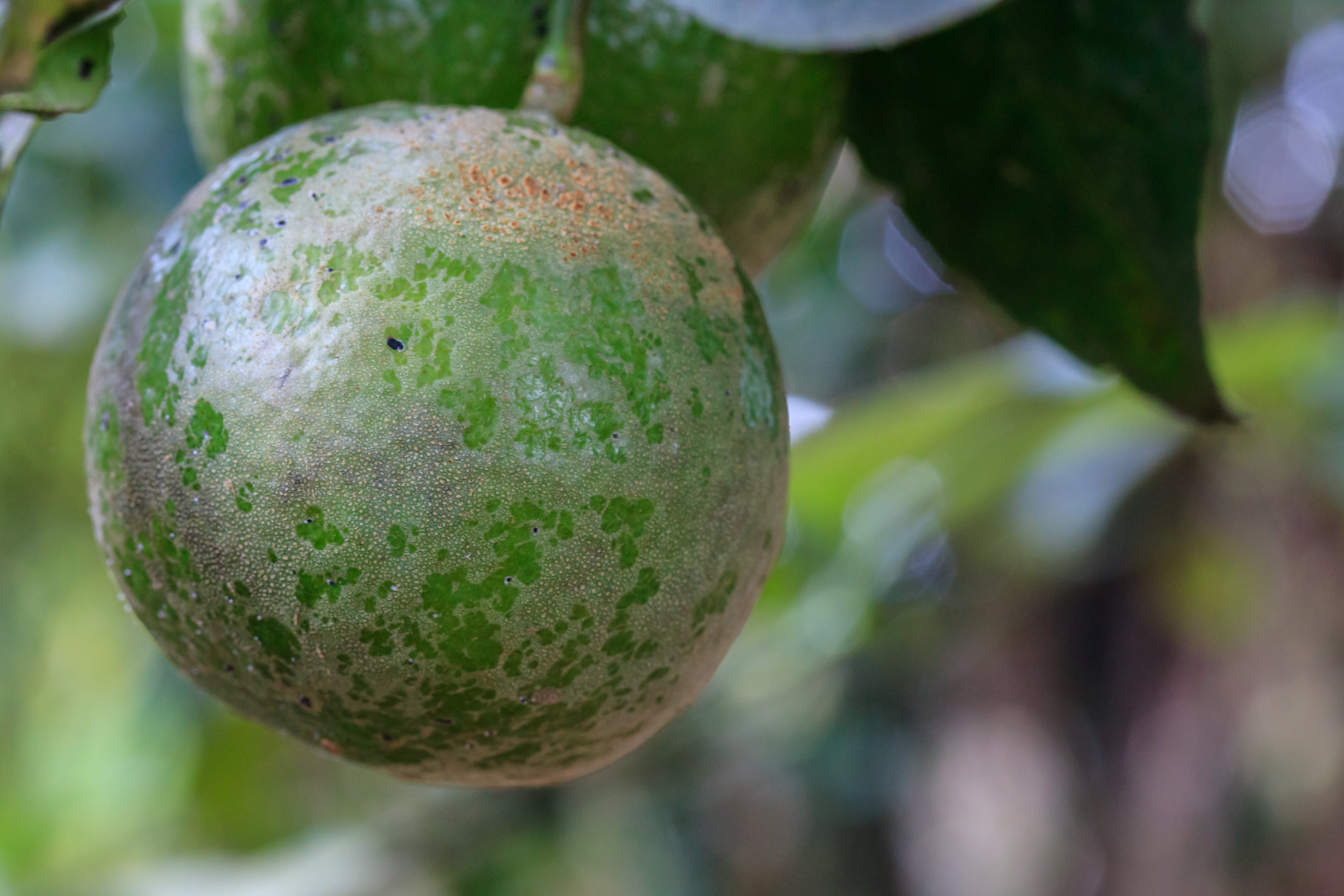PureCrop1: The Ultimate Organic Solution for Hydroponic & Home Growers
Are you struggling with pests, mold, or mildew in your grow? PureCrop1 offers an innovative, all-in-one organic solution that eliminates. Exclusively...
Commercial citrus growers know the high stakes of crop management and the economic impact of pests, especially Citrus Thrips (Scirtothrips citri). With shifts toward sustainable agriculture driven by regulatory pressures, understanding and combating these pests with eco-friendly solutions is more critical than ever. This comprehensive guide is designed to empower citrus farmers with insights into why Citrus Thrips can be so tricky and methods for managing them.

Understanding Citrus Thrips' biology is the cornerstone of developing a robust pest management strategy. Thrips progress through five developmental stages: egg, larva, prepupa, pupa, and adult. Each stage presents an opportunity for targeted intervention. The larvae and adults are most prevalent, with the larvae lacking wings and the adults adorned with characteristic fringed wings. Most of their pupation transpires within the tree's protective niches and soil.
The duration of each developmental stage is pivotal, as it dictates the timing of interventions. Larvae can take 2-3 days to mature, and the complete lifecycle from egg to adult stretches about 14 days, though this can vary with environmental factors. Signs of thrips include silvery streaks and scarred fruits—indicators critical for early detection and management.
Citrus Thrips display a remarkable reproductive strategy, laying eggs within the plant's tissues. The eggs give rise to the first instars, which escalate into second instars and eventually adults. Environmental conditions, particularly temperature and moisture, can influence lifecycle progression and treatment schedules.
The population of thrips is intricately linked to weather conditions. In arid, hot climates, pupae survival rates soar, while in cool, damp conditions, their development is hindered. Citrus thrips cannot thrive below 58°F (14°C). Advantageous weather conditions can lead to the production of 8 to 12 generations per year. Understanding these intricate dynamics is crucial for proactive orchard management, enabling farmers to predict and counteract population surges using tools like degree days prediction models.
Thrips gravitate towards young citrus fruits and leaves, with the second instars causing notable damage due to their larger mouthparts. The scars and stipples they leave on fruit surfaces degrade appearance and quality, often resulting in a lower grade at the market, thus affecting profitability.

The economic repercussions of Citrus Thrips are far-reaching, affecting not just the current crop's market value but also the long-term viability of the orchard. Repeated infestations can reduce yield quality year-over-year, underscoring the importance of an effective management strategy.
A solid Citrus Thrips management plan incorporates multiple approaches, including careful monitoring, chemical treatments, and biological control. Integrated Pest Management (IPM) stands paramount, involving regular population checks and understanding thrips' life cycle to enhance control measures.
Thrips lay their eggs inside plant tissues, making them difficult to reach. Repeated applications of treatments like NanoCrop, which penetrates deeper into the plant's structure, are therefore necessary for effective control.
NanoCrop stands out with its organic certification and multifaceted utility. It is a sustainable alternative that fits seamlessly within IPM protocols, targeting not just the insects but also bolstering the plant's own defenses.
NanoCrop uses colloidal micelle nanotechnology to deliver its active ingredients effectively. These nano-sized particles penetrate plant stomata more effectively than traditional crop oils that can clog stomata, allowing for a more targeted approach to pest control. NanoCrop aligns with IPM and targets sap-sucking pests without disturbing beneficial insects. It plays a pivotal role in resistance management, differing from conventional chemicals in both application and action.
For optimal control of Citrus Thrips, initiate treatment with NanoCrop before their activity reaches its peak. We recommend a proactive approach, applying NanoCrop routinely every 2-3 weeks. When using NanoCrop as a stand-alone treatment, the dilution rate should be between 1-2 gallons per 100 gallons of water. In scenarios where tank mixing with other products is preferred, the recommended dilution rate adjusts to 1-2 quarts per 100 gallons of water. As environmental conditions and pest severity can vary greatly across orchards, we encourage growers to adapt these rates to suit the specific needs of their crop conditions and infestation levels. For tailored guidance that fits your unique situation, contact our team directly for personalized recommendations.
Successfully managing Citrus Thrips is a complex but essential task for maintaining economic and agricultural sustainability. NanoCrop offers commercial citrus growers a versatile, effective tool that aligns with modern, eco-conscious practices without sacrificing efficacy.
With the right knowledge and tools, such as NanoCrop, the battle against Citrus Thrips is not just winnable—it can lead to a more sustainable future for commercial citrus cultivation.
Adopt NanoCrop today and set a new standard for effective, environmentally responsible citrus farming. Reach out to our team to request a trial on your commercial farm.
Sign Up for our Newsletter
Check out our content from the field updated weekly.

Are you struggling with pests, mold, or mildew in your grow? PureCrop1 offers an innovative, all-in-one organic solution that eliminates. Exclusively...

Commercial citrus growers know the high stakes of crop management and the economic impact of pests, especially Citrus Thrips (Scirtothrips citri)....

If you were faced with uprooting your struggling vineyard or trying to save it... What would you do?
Don't miss new updates! Subscribe to the West Coast Ag Products newsletter!
West Coast Ag Products © 2024 All Rights Reserved. | Privacy Policy